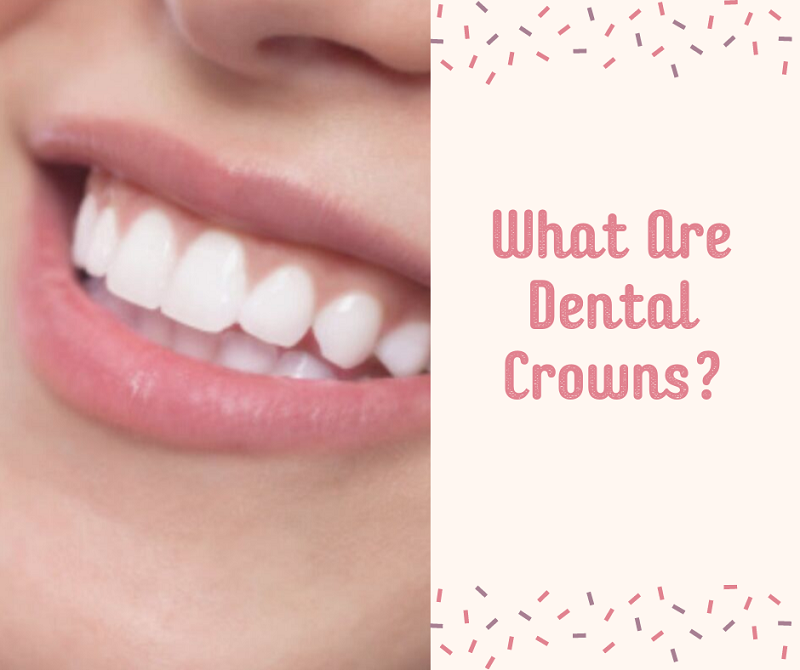Dental crowns are prescribed when your tooth has an extensive filling that surpasses the typical tooth structure, and your tooth had root trench treatment, a blend of root channel treatment and a large filling, or cosmetic reasons.
Table of Contents
Desensitizing the Tooth
The initial step of the dental crown methodology includes utilizing a nearby sedative to numb the tooth and encompassing tissues. On the off chance that you’ve had a root trench, your dental specialist will in any case likely utilize soporific, because the instruments come exceptionally near the gingival tissue.
Primer Impressions and Shade
The dental lab that manufactures your dental crown requires precise models of both your maxillary and mandibular curves, to make an ideal crown for your tooth. On the off chance that you have picked a full artistic or porcelain melded to metal crown (PFM), your dental specialist will likewise require the exact shade of your tooth before he starts the arrangement of the tooth.
Alginate Impressions
The dental partner will take alginate impressions of both your upper and lower dental curves. These impressions will be poured in stone to make a stone model of your teeth. The models will be sent to the dental research facility for use when making your crown.
A little impression of the teeth in a similar quadrant of the tooth that requires the crown and the contradicting curve is additionally taken before the tooth is readied. This impression is utilized to manufacture a transitory crown for you to wear until your permanent crown touches base again from the dental research facility.
After the impressions have been made, the dental specialist will, at that point utilize a shade manual to the record the definite shade of your tooth. On the off chance that your crown includes one of your front teeth, your dental specialist may request that you visit the dental research facility for the lab professional to take a custom shade of the encompassing teeth. If you have picked a gold crown, there is no compelling reason to decide the shadow of the tooth.
Setting up the Tooth
A dental crown mirrors the whole into of the tooth, with a space inside like a top. All together for the completed crown to fit accurately, the rest of the center underneath the crown should be decreased to oblige the crown on top. A crown is intended to safely fit the tooth, keeping microbes out from underneath the helpless tooth structure.
When the tooth and tissues have turned out to be numb, the dental specialist may choose to put an elastic dam over the teeth included. The flexible barrier is utilized to trap old filling material, tooth structure, and water from falling into your mouth.
Setting up the tooth for a dental crown includes evacuating exceptionally exact measures of the tooth and filling material from the tooth that requires the crown. During this progression, the disclosure of tooth rot underneath an old filling may happen. If that is the situation, the majority of the decay is expelled, and a composite center is put on the tooth. On the off chance that your tooth has experienced an ongoing root channel, a composite center might be set too during this progression.
When the center is finished, your dental specialist will keep on forming the tooth, making a fine edge around the whole center of the tooth, similar to a rack, and keep diminishing the gnawing surface of the center until adequate tooth and filling have been expelled.
Taking the Final Impression
Exact impressions of your readied tooth are a basic piece of the dental crown technique. Indeed, even the most modest blemish in the impression can bring about an evil fitting crown.
When the tooth has been readied, your dental specialist may choose to utilize a gingival withdrawal rope to tenderly push your gum tissue away from the edges of the prepared tooth. A gingival withdrawal string is a slight bit of line, like a bit of yarn, that is delicately embedded around the tooth, into the gingival sulcus. A few dental specialists have received different procedures for disconnecting the tissue, for example, gingival curettage. Plan a dental exam with unique dental for a perfect dental crown.
At the point when the tooth is prepared for the impression, your dental specialist will, at that point take an impression of your teeth. Your dental specialist will start the impression by applying a polyvinyl siloxane impression material around the readied tooth. The dental aide will begin filling the impression plate with comparing impression material. Your dental specialist will embed the impression plate over your prepared tooth and request that you clamp down.
It is significant for you to stay gnawing into the impression until the material is completely set. This impression takes somewhere in the range of three and five minutes to completely set, so persistence is absolutely a prudence during this progression of the dental crown methodology.
Once the impression material has set, your dental specialist will expel the plate from your mouth and examine the impression for any air pockets or another void in the impression. It might be essential to rehash the impression a few times to acquire an exact impression.
Alex is fascinated with “understanding” people. It’s actually what drives everything he does. He believes in a thoughtful exploration of how you shape your thoughts, experience of the world.

